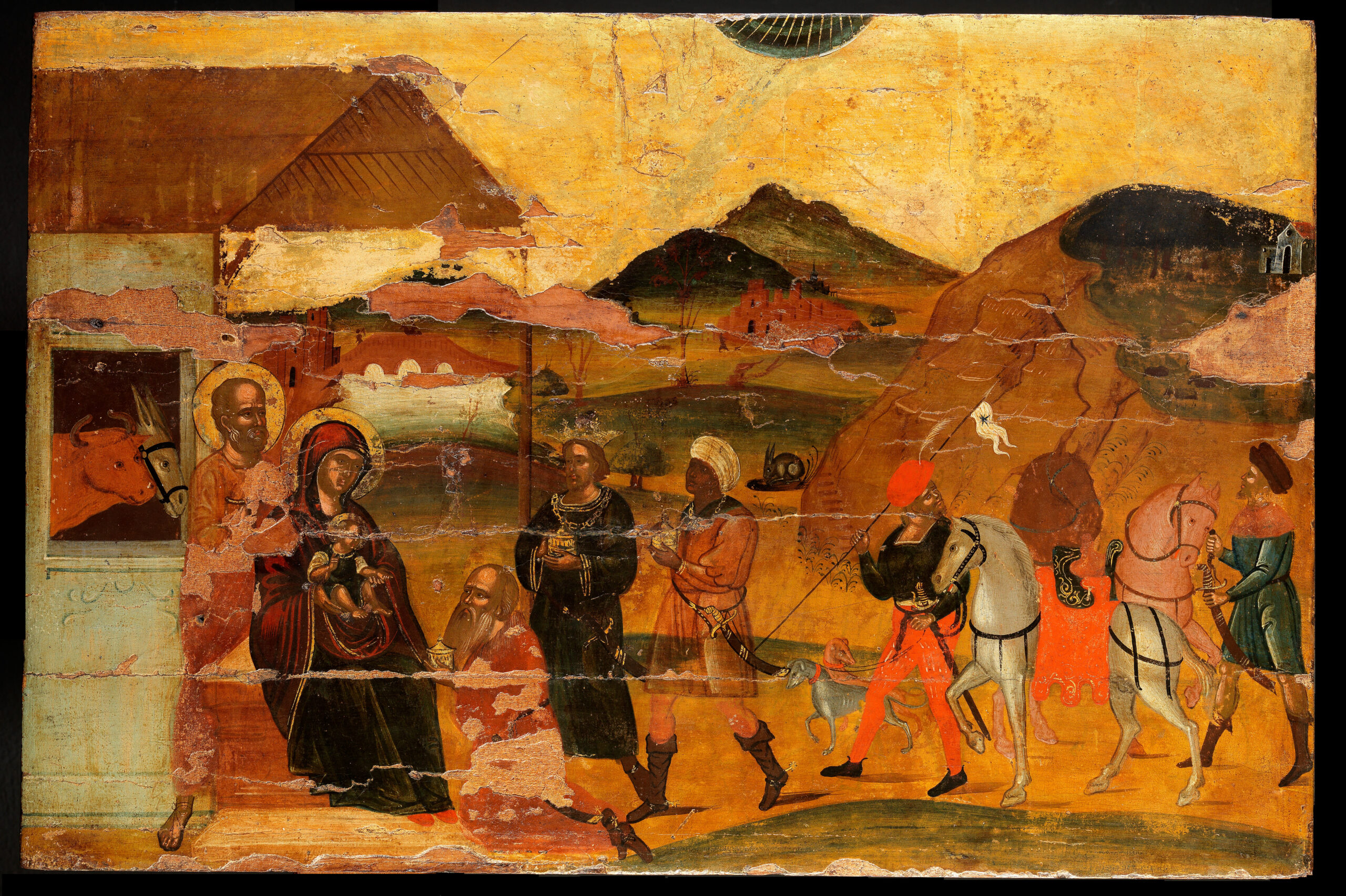This website uses cookies so that we can provide you with the best user experience possible. Cookie information is stored in your browser and performs functions such as recognising you when you return to our website and helping our team to understand which sections of the website you find most interesting and useful.
Wooden Icons
The Museum of Byzantine Culture icon collection is among the most acclaimed public collections of the kind. Although not particularly rich in quantity, it numbers more than 1000 artworks and it maintains a unique character on an international level, as it features celebrated artworks that have been presented in exhibitions in Greece and abroad. The nucleus of the collection consists of 442 icons coming from the collection of the Byzantine antiquities of Thessaloniki, which in 1916, during World War I, had been transferred to the Byzantine Museum of Athens, where they were kept until 1994. To the initial Museum collection a charming group of 400 icons was added in 1987; these came from the impressive multi-thematic collection of Demetrios Econonomopoulos, a significant collector whose will was executed by his wife Anastasia Zamidou-Economopoulou. The enrichment of the Museum’s icon collection goes on up to present day through donations, private bequests, among which quite representative are the ones made by the families Abbot and Kalfayan, as well as by Rena Andreadi and Anna Papademetriou-Tsatsou, etc.
The collection is exceptionally diverse. It comprises Greek icons from the late 12th to the early 20th centuries, coming from the wider geographical area where Greek people lived under both the Ottoman and the Venetian rule, such as Constantinople, Northern Greece, Crete and the Ionian Islands. Icons from the Late Byzantine and Palaeologan period constitute the earlier works, which cover the period until the first half of 15th century. The group of the later works consists of icons from the Post-Byzantine period; these are representative of the evolution occurred in the Cretan painting as well as of the trends that followed that, presenting a variety of provenance and expression. The collection comprises icons from iconostases, icon stands, processional crosses, along with parts of wooden-carved iconostastes. Their intensive production and good construction knowledge have contributed to their diffusion and preservation up to our age. In terms of subject-matter, the icons are representative of the variety of iconographic themes and iconic types of Saints, inspired by the Old and New Testament, the Four Gospels, the Saints’ Vitae etc. Several works bear inscriptions that reveal elements related to known and lesser-known icon painters, patrons and the date of the icon’s production.













